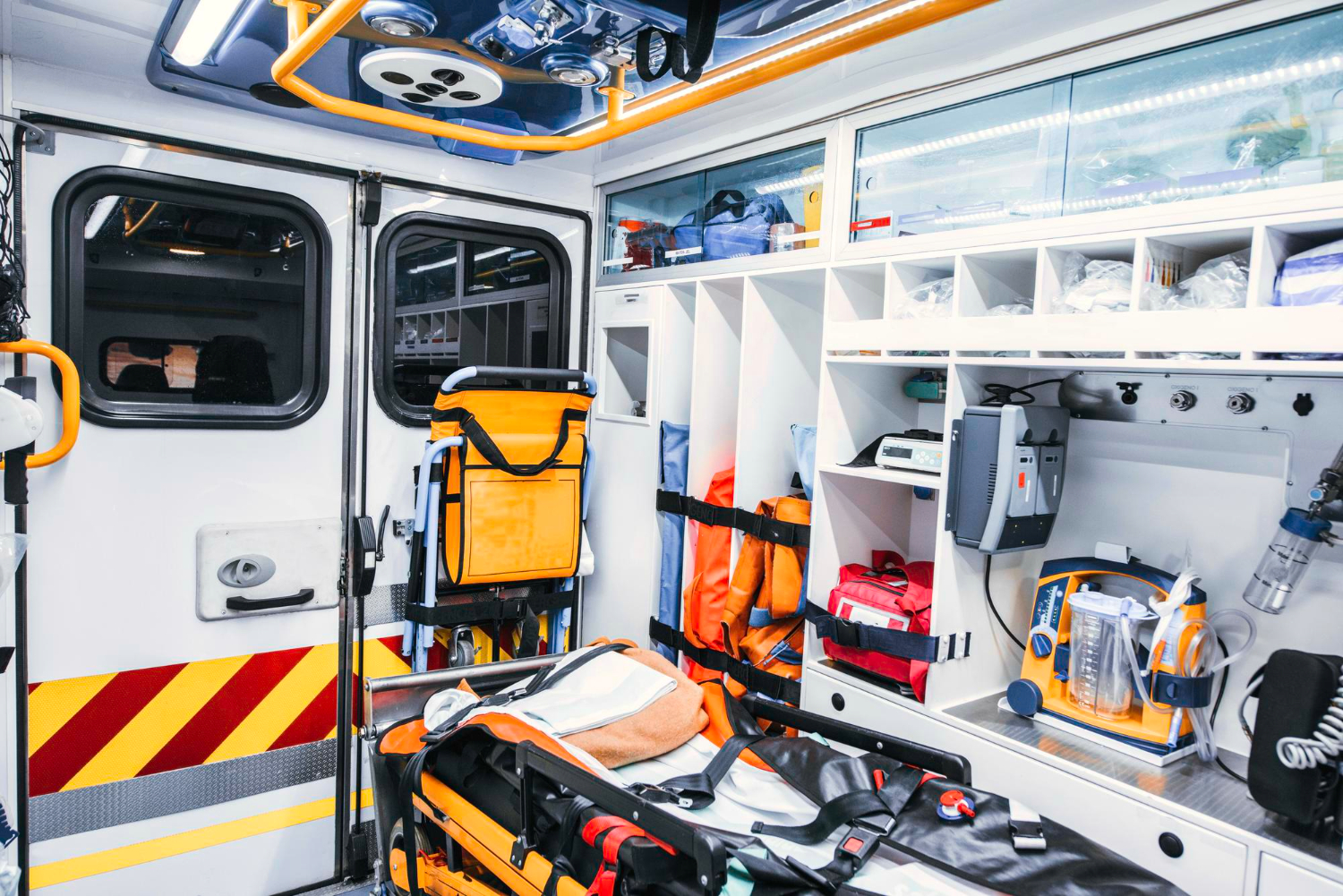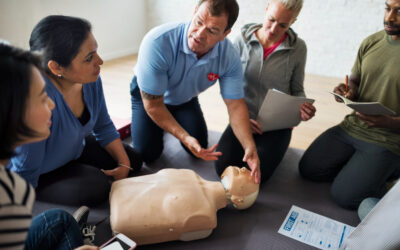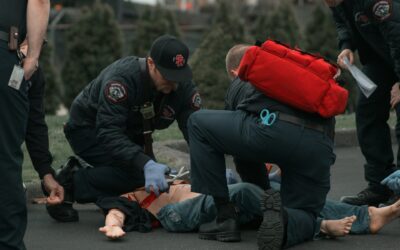In EMS, rig checks are one of the most crucial practices for the safety of your patients and your team. At the beginning of the shift, your crew must go through their truck and perform a thorough rig check before hitting the road.
Now, while a start-of-shift rig check may sound like a routine practice, it’s easy to get in a rush, jump right into a call, or let complacency slide in. Here’s what EMS leadership should do to tighten up EMS rig checks and ensure your crew reviews their check sheets every single time.
What is an EMS Rig Check?
It’s pretty common knowledge in EMS that every agency has a rig check process. Depending on your agency, the process may differ slightly, but unit checks are crucial for emergency response. Most states have standard rig check requirements as well.
That said, the thoroughness and follow-through on the checks can vary widely. Some agencies may use electronic rig check tools. Others may fill out the paper check sheets. Some departments might require rig checks to be completed in the first 15-30 minutes of a shift. For others, a shift may start with a team meeting or even a family-style meal.
Regardless of your rig check process, one thing is for sure—consistency and diligence are crucial to your safety and the safety of your patience. We’ve all heard horror stories where someone responded to a call and opened their cab to find that they were missing a critical item (yes, even a bed). In an urgent situation, the last thing you want is for your team to require another unit to haul them needed supplies.
Now, most of the time, the big items are easy to spot-check in the process, but what about checking oxygen and fuel levels? What about opening each kit and checking medications and supplies to ensure that the numbers reported from the previous shift have stayed the same? What about wear and tear on items that previous shifts may not even realize happened?
Complacency rig checks may also occur when agencies have driver changes during double shifts. When someone shifts from the driver role to riding shotgun, they may assume that they know and remember everything that happened in the previous shift. But was it properly documented? Just because someone stays with their unit over a double shift doesn’t mean they can skip a rig check when changing roles.
6 Best Practices to Avoid Complacency in EMS Rig Checks
So, what are the best practices for rig checks, and how can you ensure your team follows through with rig checks every single shift? Here’s what you should be doing to keep your procedures tight.
1. Remember that Rig Checks Build Confident Teams
There’s nothing as discombobulating as finding out some piece of equipment has changed, and you must learn to use it on the fly. Something as simple as setting up a saline drip can vary by manufacturer and PICC line. Suddenly, what you thought you knew goes right out the window, and trying to figure it out on the scene of an emergency isn’t in the best interest of the patient.
When every second counts, a solid rig check procedure at the beginning of a shift helps your team acclimate to their surroundings. As they check the equipment, they can learn what items are where and how everything opens and works. Then, in an emergency, they’ll feel confident that they know exactly where supplies are located and how to operate every item in the unit.
2. Don’t Overlook the Truck
Your rig check procedure should include medical equipment and supplies, of course. But it’s also imperative that it includes all vehicle checks as well. That means checking that the unit is gassed up and all lights are working. If your team notices anything acting odd on their run, make it a policy to report it every time.
While it’s standard to service emergency vehicles regularly, they’re subject to fast, defensive driving, which can cause some wear and tear. Be sure to include checks on the tires and oil on your rig checklist as well; include minor items like windshield wiper fluid (crucial for visibility). Most agencies and all states have predetermined checklists for commercial vehicles—follow them every day during your vehicle checks.
3. Test Equipment
It’s one thing to look around the rig and do a visual inspection. It’s another to turn the equipment on and make sure it’s actually working correctly. Power up items like defibrillators and confirm that they are in working order, with fully charged batteries and plenty of electrodes (before interacting with a patient).
Check the radio and test other equipment as well. Make sure everything is opening and latching properly so you don’t have something fly open on the road at an inopportune time.
4. Look at the Condition of Supplies
We’ve all been on calls where something gets stuffed into the wrong medical bag pouch. Equipment gets worn; items get wet or dirty. It’s all part of the process of responding to medical emergencies day in and day out. When your crew does an EMS rig check, be sure that they pull out supplies and look for damage and contamination. Check expiration dates on saline IVs and sterile items; even some of our simple BLS items have expiration dates.
This step is often especially important in the winter or inclement weather, where items tend to get soiled more easily. Splashes happen, and suddenly linens aren’t clean; dressings get opened and then go unused. Be sure that each item in the rig is clean and ready when needed.
5. Lead By Example and Take Rig Checks Seriously
Remember that the buck stops with leadership. If you don’t treat rig checks as an imperative duty that team members must perform each shift, neither will your team. Lead by example and offer time and guidance to your team to properly perform their checks. Rig checks help ensure that supplies are ready for patients. They help your team shift into a “response mentality,” and they may even be regulated.
Most cities and states have rules about what minimal equipment an ambulance must carry. There may be regulations about other safety features as well. There are certainly DEA regulations on reporting about controlled substances and medications that your unit carries—any mistracking can result in hefty fines and even legal consequences.
The aviation industry has checklists for EVERYTHING—every type of scenario with aircraft has a checklist; this is because lives depend on it. The EMS world is no different. The consequence isn’t always immediately obvious, but lives do count on you doing a proper equipment check.
6. Make Sure Narcotics are Checked and Tracked
Controlled substance tracking is highly regulated, and as anyone in EMS knows, all narcotics must be carefully logged and reported. The method for this tracking can vary between agencies, with some even relying on “old school” paper tracking.
A smart solution like LogRx can help your team track controlled substances quickly and effectively. There’s no guessing, trying to remember, or the hassle of dealing with paper logs. Instead, LogRx turns your existing handheld devices (phones or tablets) into scanners. Responders can quickly scan and track any narcotic or other medication on the go. LogRx makes field personnel’s job easier and more efficient.
As an administrator, you’ll have access to a dashboard overview of all the medications tracked by your team. You can quickly see if you’re running low on an item or if it’s nearing an expiration date. LogRx makes it easy to report and meet regulations—helping you avoid fines, legal consequences, and damage to your reputation. LogRx reduces staff time, increases efficiencies, and improves accuracy in accountability; in essence, providing you with another person to do your inventory management.
What’s more, LogRx helps protect your patients. There’s no question that the medication they need will be on hand and as expected. Using LogRx helps you guard against diversion and protect against accidental hazards that can also occur.
At LogRx, we understand the needs of first responders because we’ve worked in EMS. The app was designed by real responders with real-life experience. LogRx is ideal for EMS. We’ve worked extensively in wildlife and veterinary medicine as well. LogRx allows you to track while in the field, even without cell service.
If you’re looking for a better way to manage rig checks and EMS inventory, consider adding LogRx to your toolkit. Controlled substance tracking is one of the most critical parts of EMS and LogRx helps take the stress off your plate.






